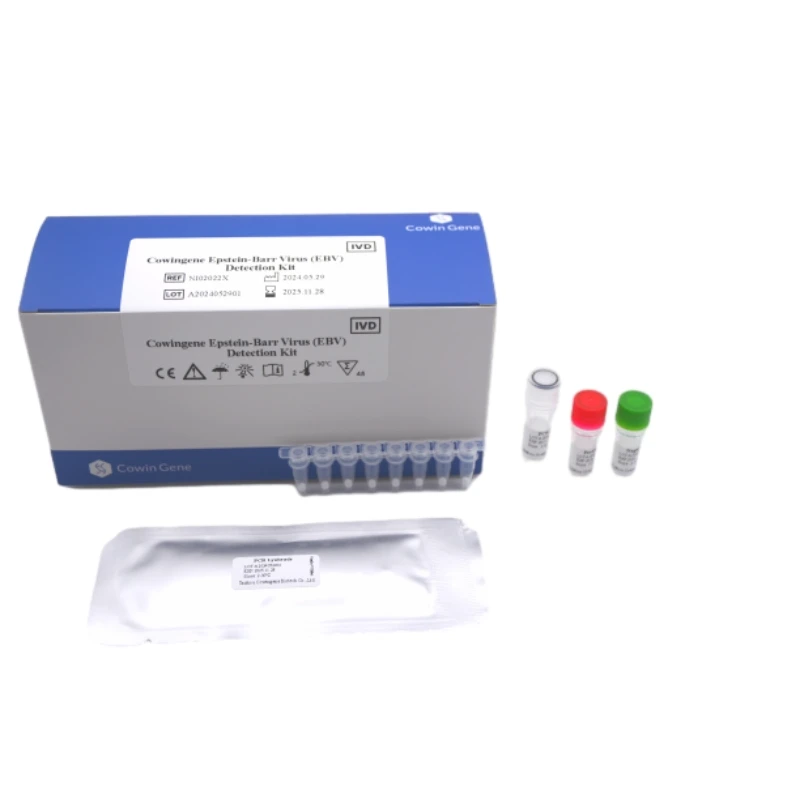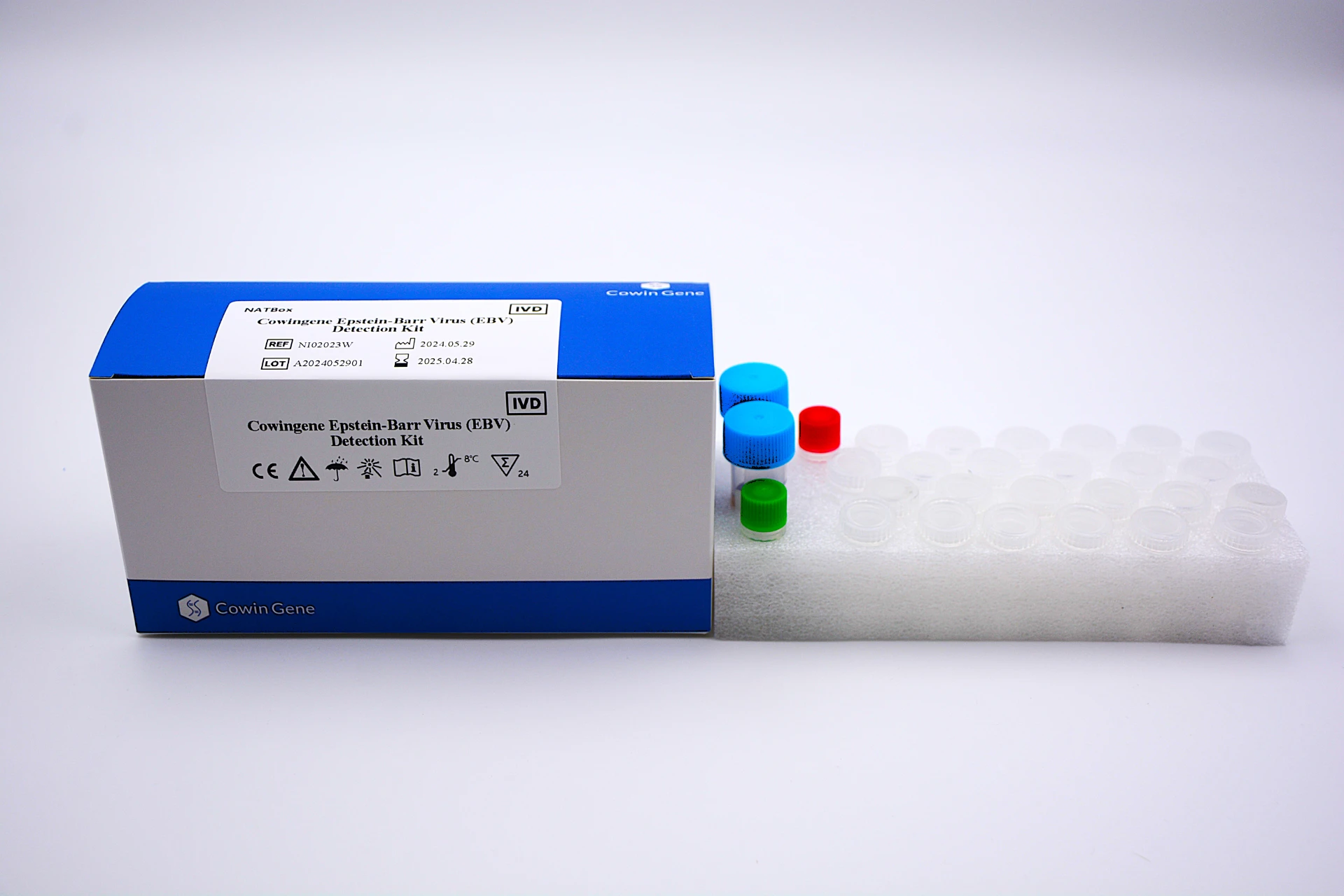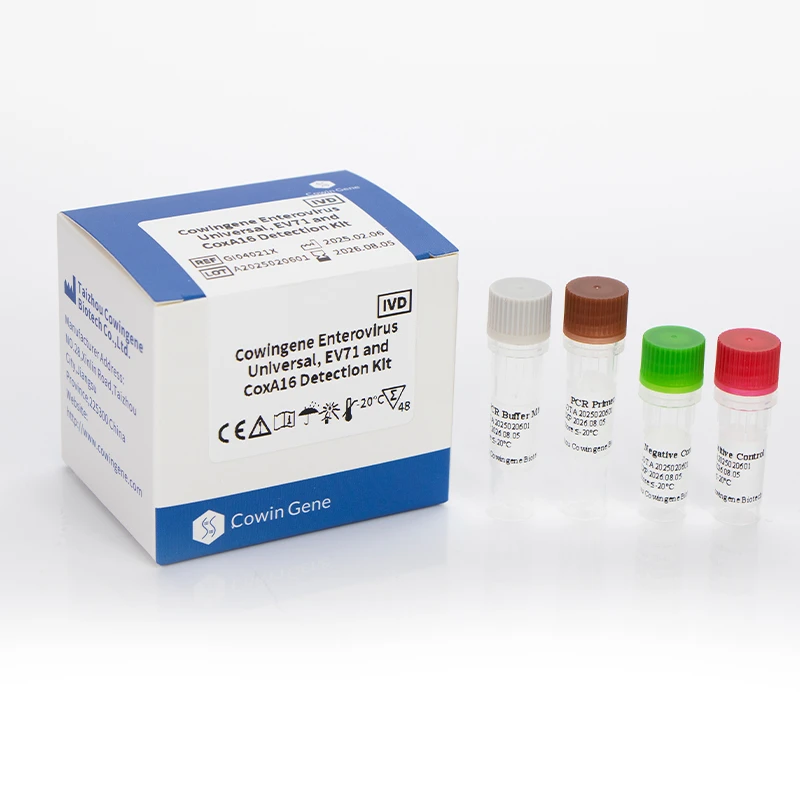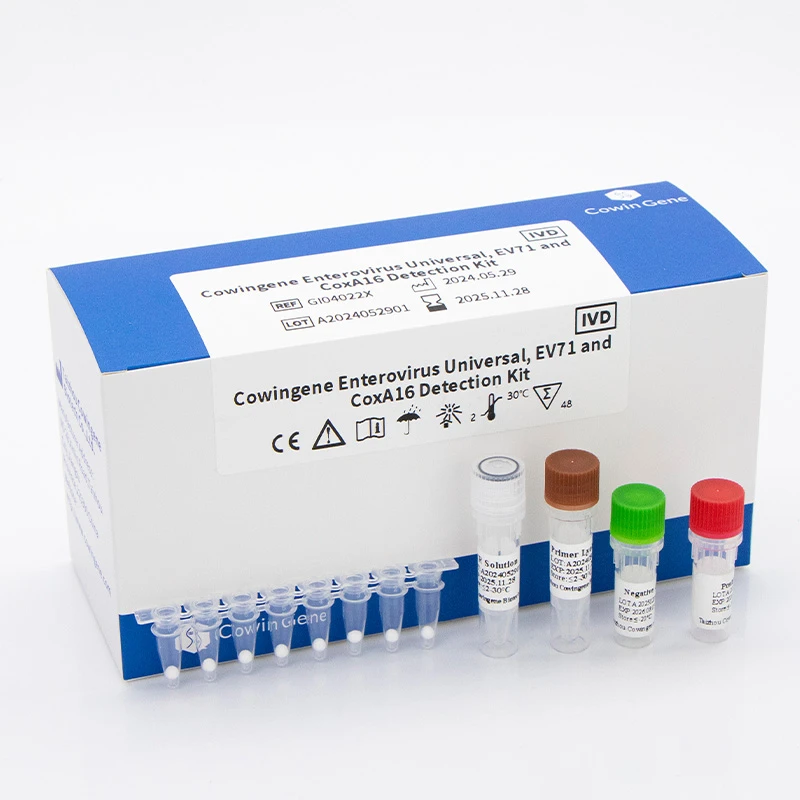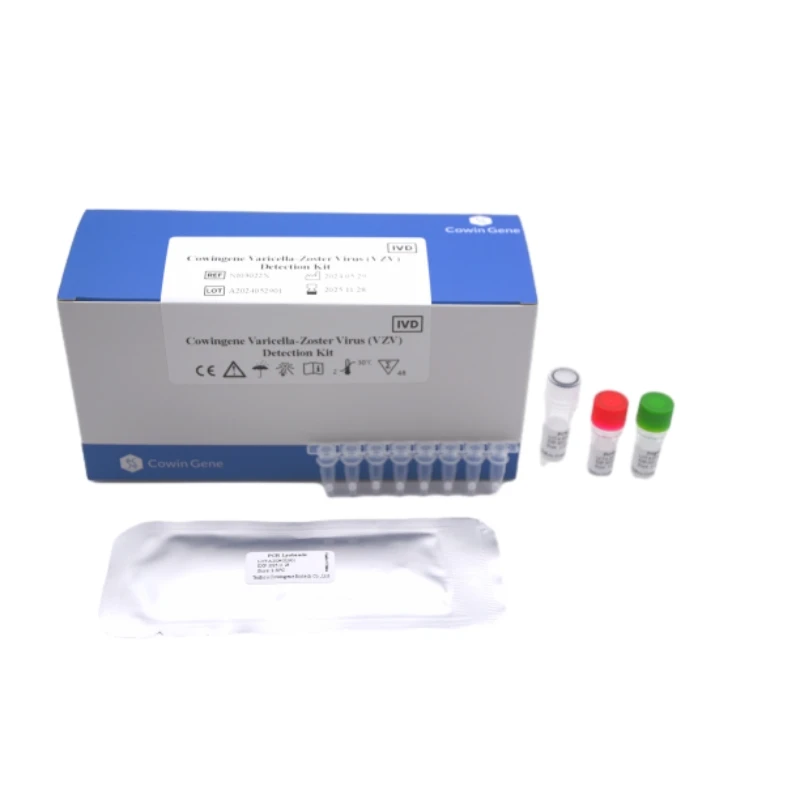Oct . 24, 2025 17:00 Back to list
Sample Release Reagent: Rapid, PCR-Ready Lysis for Labs
The Quiet Workhorse in Molecular Labs: Sample Release Reagent Explained
If you’ve ever sprinted to deliver a same-day RT‑qPCR result, you know the unsung hero isn’t always the thermocycler—it’s the Sample Release Reagent that does fast, clean lysis without wrecking your downstream enzymes. To be honest, the category has matured rapidly after the pandemic stress test. And yet, small tweaks—buffer chemistry, inhibitor tolerance, safety—still mean the difference between a smooth run and a messy do-over.
Product snapshot: Cowingene’s take
Cowingene Sample Release Reagent targets Gram-negative bacteria and viral nucleic acid (RNA and DNA) from a wide range of biological materials. Origin: NO.28, Xinlin Road, Taizhou city, Jiangsu Province, China. On paper it’s designed for speed and compatibility with common RT‑qPCR and isothermal workflows; in practice (from what many customers say), it cuts hands-on steps and tolerates typical transport media surprisingly well.

Industry trends (real-world lab chatter)
- Extraction-free or low-touch prep for high-throughput screening.
- Buffers that play nice with RT enzymes and multiplex assays.
- Ambient shipping, cold-chain optionality, and regulatory-ready documentation.
Technical specifications (summary)
| Target analytes | Viral RNA/DNA; Gram-negative bacterial nucleic acids |
| Sample types | Swabs in VTM/UTM, saliva, sputum, urine, wastewater concentrates (validation advised) |
| Protocol time | ≈5–15 min lysis, real-world use may vary by matrix and volume |
| Downstream | RT‑qPCR, qPCR, LAMP; inhibitor-tolerant design (optimize for multiplex) |
| Storage & life | 2–8°C recommended; shelf life ≈ 12 months; short ambient transport typically acceptable |
| Safety | Use PPE; follow BSL-2 procedures. Refer to SDS. |
Process flow (materials, methods, testing standards)
- Materials: Sample Release Reagent, sterile tubes, calibrated pipettes, heat block (if protocol includes mild heating), nuclease-free water, controls.
- Method (typical): mix sample with reagent at vendor-recommended ratio; optional 56–95°C step (5–10 min) depending on matrix; brief spin; use supernatant directly in RT‑qPCR/LAMP.
- Testing standards to reference: CLSI MM13 for specimen handling; ISO 15189 for laboratory quality; internal QC with positive/negative and extraction controls.
- Service life: monitor lot-specific expiry; record open-date; avoid repeated freeze–thaw (I guess we all learned that the hard way).
- Industries: clinical research, public health surveillance, pharma QC, food safety, environmental monitoring, academia.
Application scenarios and advantages
- High-throughput screening: minimal steps shave minutes off every plate.
- Point-of-care adjacency: simple workflow, fewer consumables.
- Wastewater and environmental testing: robust against common inhibitors (optimize dilutions).
Advantages we keep hearing: fast lysis, fewer cleanup steps, and solid Ct consistency across common transport media. Actually, the big win is fewer hands on deck during peak loads.
Vendor comparison (indicative)
| Vendor | Turnaround per batch | Inhibitor tolerance | Docs/Certs |
|---|---|---|---|
| Cowingene | ≈5–15 min prep | High with common VTMs (optimize) | ISO/CE docs available upon request |
| Vendor A | 10–20 min | Moderate | ISO 13485; IVDR in progress |
| Vendor B | ≈15 min | High (saliva-focused) | CE-IVD for select SKUs |
Customization and OEM
Sample Release Reagent can often be customized: prefilled tubes, color-traced formulations, bulk/OEM, and kit bundling with swabs and controls. For compliance-heavy buyers, align IFU language with ISO 13485 and IVDR 2017/746 expectations.
Case notes and feedback
- Regional surveillance lab reported ΔCt improvement of ≈2 cycles vs. a saline-heat control (n=12), reducing repeats.
- Biotech startup integrated it into a multiplex RT‑qPCR panel; hands-on time dropped ~30% in pilot runs.
Always verify in your matrix; wastewater and food swabs can be quirky.
Compliance and documentation
Look for ISO 13485 QMS, SDS, lot COA, stability data, and method correlation vs. a reference extraction. Labs under ISO 15189 should document validation: LoD, precision, interference, and carryover studies.
Authoritative references
- CLSI MM13: Collection, Transport, Preparation, and Storage of Specimens for Molecular Methods.
- ISO 15189: Medical laboratories — Requirements for quality and competence.
- ISO 13485: Medical devices — Quality management systems.
- Regulation (EU) 2017/746 (IVDR) for in vitro diagnostic medical devices.
Related PRODUCTS
-
Understanding Monkeypox Testing PCR – Global Health & Diagnostic Insights
NewsNov.24,2025 -
Comprehensive Guide to Monkey Pox Detection: Methods, Applications & Innovations
NewsNov.23,2025 -
Essential Guide to Monkeypox Detection: Technologies, Applications & Future Trends
NewsNov.23,2025 -
Understanding Strep B Test Cost: Global Insights and Healthcare Impact
NewsNov.22,2025 -
Group B Strep DNA Test – Fast, Accurate Screening to Prevent Neonatal Infection
NewsNov.21,2025 -
Essential Guide to Group B Strep Test Kits: Benefits, Uses & Innovations
NewsNov.20,2025


